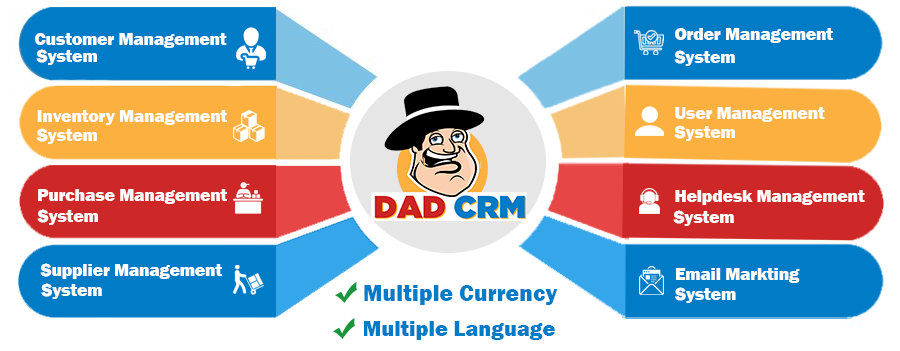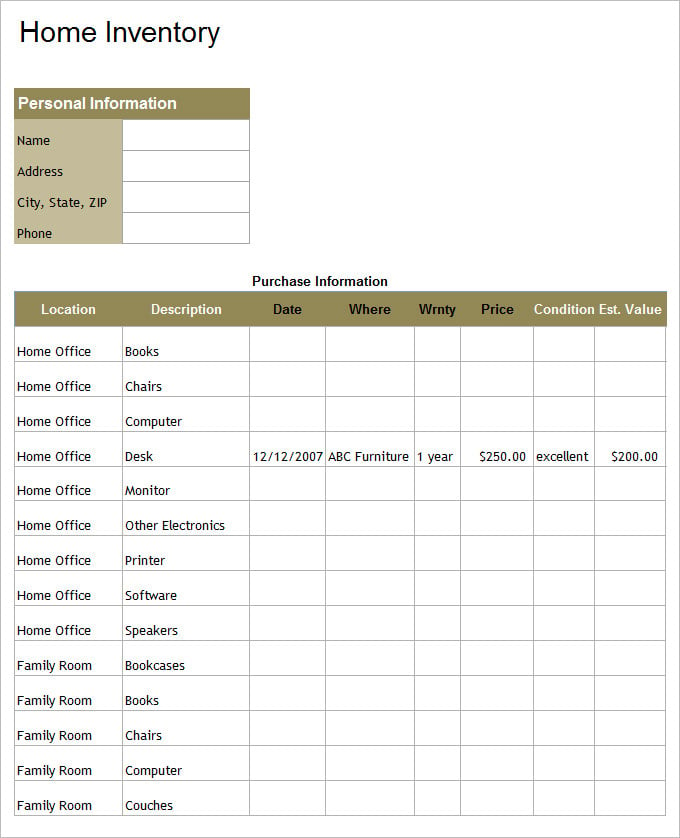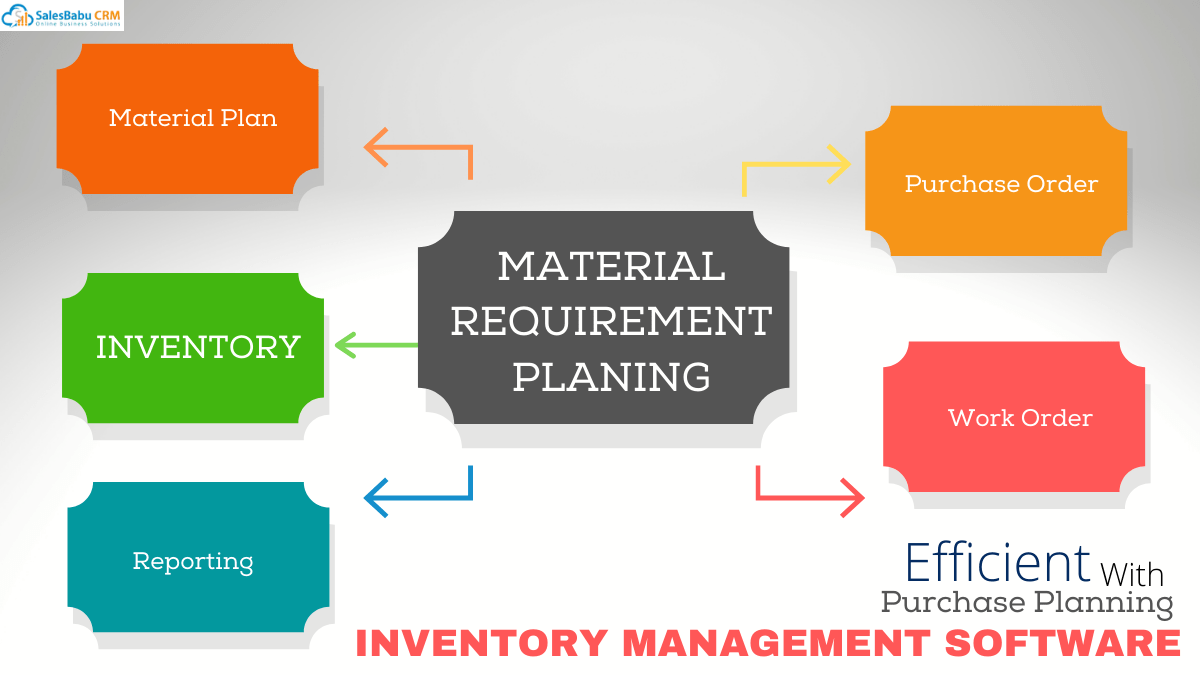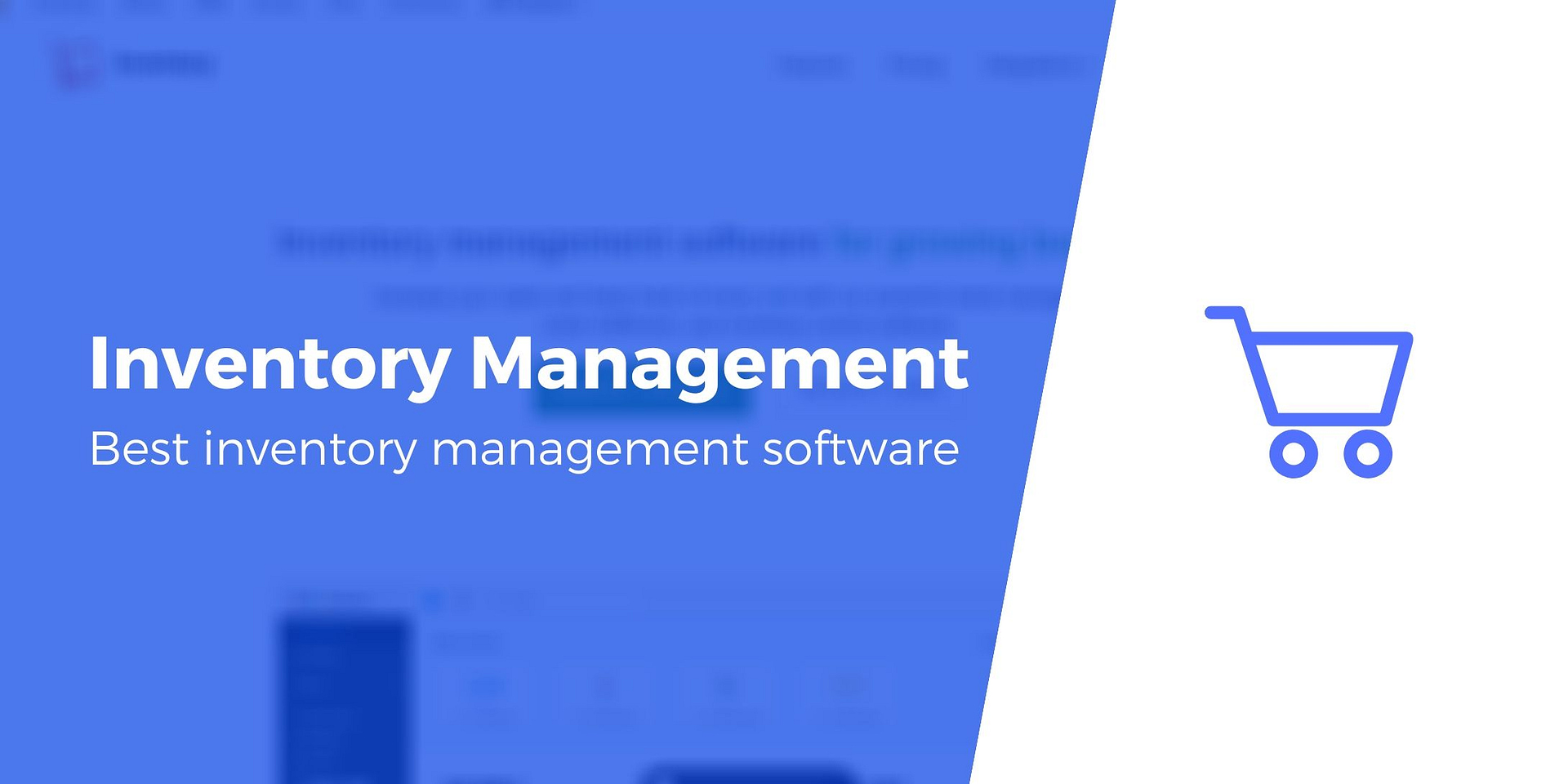

- #Free crm software inventory code
- #Free crm software inventory download
- #Free crm software inventory free
Updates, bug fixes, and the like all have to be taken care of by the developer community surrounding the platform.Īs far as names in the field, SugarCRM was historically the most well-known open source CRM. If you choose an open source platform, it’s important to make sure it has a strong, active community of developers. Open source business tools are usually going to require developer hours, as well as a very considered implementation plan to make them worth the time invested. While both genres of software are functional out of the box, proprietary software is ready-to-go after the initial set-up. The task of adapting an open source solution to your purposes is not to be taken lightly. When it comes to ease of implementation, however, proprietary CRMs have the alpha. That wouldn’t happen with most open source tools. If you signed up for a year with a proprietary CRM but decided it wasn’t right seven months in, you’d be eating some fairly rich costs.
#Free crm software inventory free
If you’re concerned about flexibility and scalability over time, open source definitely has the advantage.Īnother very pragmatic reason for using open source tools is its cost-they’re free or affordably priced (generally speaking) and are less likely to have time-based commitments to software licenses. You can also build the exact integration you want without any vendor restrictions. One advantage of open source, however, is that these CRM systems tend to offer more robust integrations. Others might find open source software development to be a time-consuming foray down the rabbit hole that distracts from the primary business. With its sense of reciprocal community and freedom to innovate, contributing to open source can feel like you’re hacking the system, or simply producing something original (rather than just buying Salesforce or Microsoft Dynamics and calling it a day). Some may find great appeal in the open source movement that surrounds CRM. The choice is really all down to what kind of CRM applications you need, and how much time you’re willing to invest in getting your system up and running.

Qualitatively speaking, there’s not a massive difference between the two. Others choose closed source, proprietary software.īoth types do sales, service, marketing, project management, and every other CRM-y thing you can imagine and usually come with mobile apps that let you work on-the-go. Many small and medium-sized businesses go open source.
#Free crm software inventory code
In most cases, open source code is already well developed, and customization solutions have been streamlined for speed and ease. The expectation is that you’ll want to take the existent product and tweak things here and there to calibrate it towards your specific workflow needs.

Meanwhile, an open source platform’s source code is available to the public for use and further development and modification. This is a ‘full stack’ category of CRM-generally designed for the big picture, which means they can cover basic needs across the board, right out of the box. you can skip hiring in-house developers).

#Free crm software inventory download
You download it for free, or buy a subscription, then set it up for your needs. Think of it this way: Proprietary software is a closed system, a boxed up, finalized product. Open source customer relationship management offers all the useful features of a proprietary CRM like customer support, pipeline management, market automation, and contact management, however, there are significant differences between the two types to consider. Any software that operates under an Open Source Initiative and holds an OSI-compliant license can be integrated into a CRM platform and used for commercial purposes. Open source CRM solutions usually run on Linux (as opposed to the usual Mac/Windows support) and often combine freely available software like Apache web server and PHP. Companies can hire out developers to modify the open source CRM tool of their choice, and get a platform that meets their hyper-specific needs. The idea is that, if any and all developers can peek under the hood and tweak the way the program works, the app will become more useful and error-free over time.ĭevelopers get together on Github or other platforms to fix bugs, add features, or change existent ones. This source code may be distributed, modified, and redistributed by users according to their needs. the code that makes the program run) is publicly available. When an app is “open source,” this means its ‘source code’ (i.e.


 0 kommentar(er)
0 kommentar(er)
